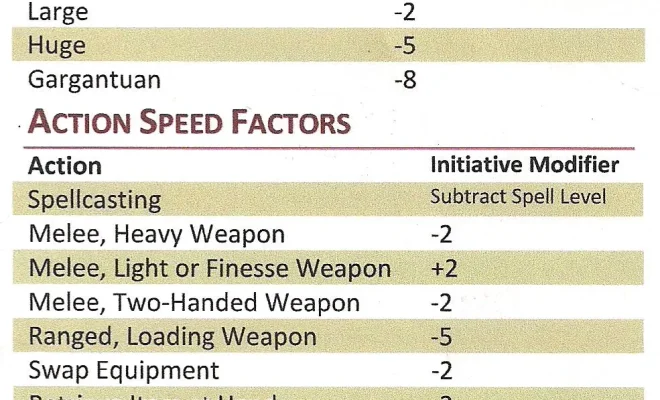How to calculate the pitch

Introduction
Pitch is a crucial aspect of various fields such as music, engineering, sports, and even architecture. In the context of music, pitch refers to the perceived frequency of a sound or note. In engineering, pitch refers to the distance between two parallel points on adjacent threads or gear teeth. Regardless of the context, calculating the pitch can be a valuable skill. This article will guide you on how to calculate pitch in different situations.
1.Calculating Pitch in Music
To calculate the pitch (frequency) of a musical note, you can use the following formula:
Frequency (f) = 440 × 2^((n-49)/12)
Where:
– f is the frequency in Hz
– n is the number of half steps away from A4 (A4 has a frequency of 440 Hz)
– 440 Hz is the standard concert pitch for A4
– The factor 2^((n-49)/12) accounts for equal temperament tuning
For example, to find the frequency of C5 (which is three half steps away from A4):
f = 440 × 2^((3-49)/12) ≈ 523.25 Hz
2.Calculating Pitch in Engineering
To calculate the pitch of screws or gears:
a) Screw Thread Pitch
Pitch = 1 / Threads per Inch (TPI)
Where:
– TPI is the number of threads per inch.
For example, if you have a screw with 20 TPI:
Pitch = 1 / 20 ≈ 0.05 inches
b) Gear Tooth Pitch
Pitch = π × Module
Where:
– Module refers to the size of each tooth on the gear, usually given in millimeters.
For example, if you have a gear with a module of 2 mm:
Pitch ≈ π × 2 ≈ 6.28 mm
3.Calculating Pitch in Sport
In baseball, the pitch speed is often calculated using a radar gun. Alternatively, you can use the following formula:
Speed (mph) = (Distance (ft) × Time (s)) / 5280 × 3600
Where:
– Distance is measured from the pitcher’s mound to the home plate
– Time is the duration it takes for the ball to travel from the pitcher’s hand to the catcher’s mitt
– 5280 and 3600 are conversion factors for feet per second to miles per hour
For example, if a pitcher throws a ball that travels 60.5 feet in 0.4 seconds:
Speed ≈ (60.5 × 0.4) / 5280 × 3600 ≈ 90.9 mph
Conclusion
Calculating pitch varies based on context, but understanding various methods for different applications will empower you to tackle challenges across diverse fields. By familiarizing yourself with the concepts and formulas outlined above, you will be well-equipped to calculate pitch in music, engineering, and sports-related scenarios.






